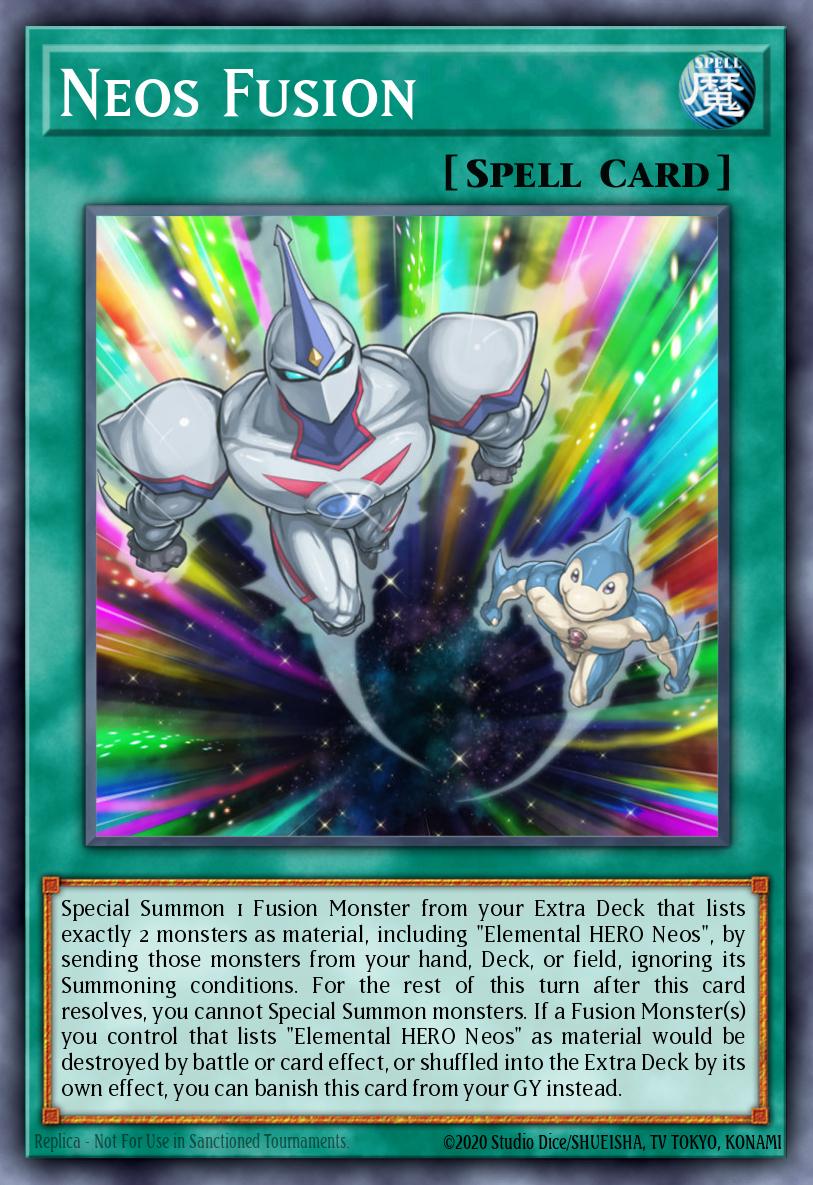Predaplant Chlamydosundew, while being nigh unpronounceable, is a nifty one card engine you can throw into any dark deck. It allows you to expend your normal summon to summon Predaplant Chimerafflesia. In today’s article, I’m going to go over whether Chlamydosundew and Rafflesia are worthy additions to your aspiring dark deck, and which decks make the best use of them.

The Price of a Normal Summon
There are two fundamental problems with expending a normal summon to fuse. Many decks rely on their normal summon heavily already. This can be seen in dark decks like Gravekeepers, and Archfiends. Typically, if a deck is slow enough to where it needs a normal summon to make every single play, adding the Predaplant engine will not accomplish much. Summoning Rafflesia is supposed to supplement your deck’s strategy, not replace it.
The second problem is that normal summons are easy to disrupt. There are cards like Ballista Squad and Floodgate Trap Hole that can cause you to possibly waste your entire turn if they hit Chlamydosundew. This is especially problematic now that Witchcrafter is such a popular deck. Witchcrafter Madam Verre can put a stop to any plans to use Chlamydosundew, leaving it vulnerable for next turn. Verre isn’t able to stop fusions summons like Red Eyes Fusion and Neos Fusion in this way, so it’s certainly an unfortunate aspect of this particular fusion engine.
This all being said, the Predaplant engine is easily better than a simple Polymerization. While Chlamydosundew does take a normal summon to use, it uses itself as fusion material. Rafflasia also floats into another fusion card after death, making the engine technically not minus in the long run. The two prime candidates for this search is either Neos Fusion, or Re-fusion. Re-fusion is for players that really don’t want to play Neos fusion. Because let’s face it, you can throw Neos fusion into pretty much anything if you try hard enough.
Neos Fusion Synergy

Look, we’re all tired of the Neos Fusion engine. But it’s still really good. Rafflesia can float into Neos fusion the standby phase after it dies. Furthermore, Keeper of Dragon Magic, another key part of the Neos engine, is a dark monster that can be fused with Chlamydosundew. So dark decks that make good use of Neos Fusion already should consider trying out the Predaplant engine.
Two contenders for dark decks that enjoy neos fusion, and don’t mind using a normal summon for Chlamydosundew are Vendread, and Steelswarm.
Vendread

Vendread is a dark ritual zombie deck. They have many monsters that benefit from being sent straight from the deck to the graveyard. Also, because it is a ritual deck, it often does not mind using Chlamydosundew as its normal summon. This is because it can still use ritual spells to further its plays for the rest of the turn. Vendread is in my opinion a fairly underrated deck type. I think anyone out there who is still utilizing them and trying to build an optimal Vendread deck should check Chlymydosundew out. I can’t guarantee that it will be better than your current build, but it’ll at least feel pretty rad when you run over everything over with Rafflesia.
Steelswarm

The next deck type is Steelswarm, a rarely used tribute deck akin to Monarchs. Steelswarm is not a very good deck. But with the power of synergy, Predaplants and Neos can carry them to adequacy. Steelswarm Scout is a card that can summon itself every turn. This provides recurring tribute fodder for tribute monsters like Steelswarm Girastag. It can be sent from the hand to the graveyard with Predaplant Chlymydosundew, and it can be sent from the deck to the graveyard with Neos fusion. Steelswarm Girastag sends one card on the field to the graveyard, and then gives you life points. With access to both engines , Steelswarm can sit with a small engine of only Scouts and Girastag. Both Steelswarm Scout and Steelswarm Girastag are rares and commons, so they’re super budget. If you already have these engines, I implore you to try them out with Steelswarm. It’s really fun.
There are plenty of high cost decks, such as D/D/D, Blackwings, and Infernity that I simply have not had the opportunity to try out the Predaplant engine with. At first glance, Infernity would benefit from the Rafflesia engine a good amount, giving them some much needed first turn plays. Predaplant Neos Fusion Infernities would be very interesting.
Conclusion
Predaplant Chymydosundew is a very basic card. It’s just trading your normal summon for a powerful monster. It has all of the inherent risks of a normal summon, along with all of the benefits. The sunk cost even ends up being zero after Rafflesia gets its search. So when you’re thinking about whether you want this particular Predaplant engine in your deck, consider the following.
Does my deck have good Neos synergy? Is my deck overly reliant on normal summons to function? Does my deck have extra deck room for multiple copies of Predaplant Chimerafflesia? These are all key. The Rafflesia engine is very basic, but it can also be very potent. I recommend you experiment with your deck builds, and try out this simple card.




